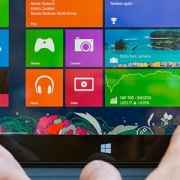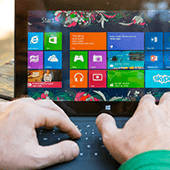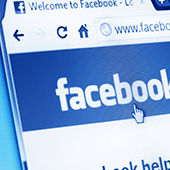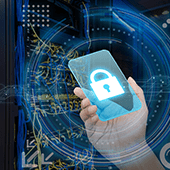 During the previous quarter, fake Chrome notifications urging users to dial a tech support number have grown dramatically. Research reveals that this tech support scam could possibly use an Application Programming Interface (API) to freeze the browser, convincing the user to get in touch with the support line and share their credit card details.
During the previous quarter, fake Chrome notifications urging users to dial a tech support number have grown dramatically. Research reveals that this tech support scam could possibly use an Application Programming Interface (API) to freeze the browser, convincing the user to get in touch with the support line and share their credit card details.
The End Game
The scam works by displaying an error message indicating a bogus security breach incident that renders a browser unusable. These scammers capitalize on the fact that a serious crash can’t be solved by simply closing the site, thereby sending the users into a panic. This encourages them to dial the number listed on the warning message.
On the other end of the line, the scammers would pose as Microsoft or Apple representatives to convince users into surrendering their credit card details to repair a non-existing security issue. The scams are generally carried out through legitimate sites or malicious ads that have been hacked.
The Ingenious Process
This new scam operates against Chrome by corrupting the window.navigator.msSaveOrOpenBlob programming interface, which basically uses it as a form of distraction. The hackers manipulate the browser and forces it to save a random document on a disk repeatedly at super fast intervals that are impossible to notice. After five to 10 seconds, Chrome will be completely unresponsive.
The Easy Fix
To recover, Windows users simply have to open Windows Task Manager (press ctrl + shift + esc keys) and stop the process there. On the other hand, macOS users just need to wait until a system message prompts them to close the unresponsive Chrome tab. Typically, the latter is a more appealing option since users would have the freedom to close only the corrupted page. Manually closing the whole browser means possibly losing unsaved files in any open Windows.
When faced with IT-related issues, you need to determine how you can approach them calmly. The threats in the digital world may be terrifying and intimidating, but causing a panic in your workplace isn’t the answer. Call us as soon as any problems arise, and we’ll help you as soon as we can. We can even hook you up with other security measures to beef up your network security.



 You are probably already aware of Cortana, the Windows 10 AI personal assistant. Did you know that you can use it to improve the efficiency and productivity of your business? With a better understanding of its basic functions, you’ll be on your way to becoming an AI-powered organization.
You are probably already aware of Cortana, the Windows 10 AI personal assistant. Did you know that you can use it to improve the efficiency and productivity of your business? With a better understanding of its basic functions, you’ll be on your way to becoming an AI-powered organization.
 Facebook recently announced a big change to its News Feed. In response to the backlashes it has been receiving — mostly due to allegations of how
Facebook recently announced a big change to its News Feed. In response to the backlashes it has been receiving — mostly due to allegations of how 
 One of the most frustrating things about using email is seeing dozens of spam messages every day. Fortunately, they’re just minor annoyances that are easy to remove from your inbox. However, hackers have developed a way to make spam much more insidious. Here’s what you need to know about modern spam attacks.
One of the most frustrating things about using email is seeing dozens of spam messages every day. Fortunately, they’re just minor annoyances that are easy to remove from your inbox. However, hackers have developed a way to make spam much more insidious. Here’s what you need to know about modern spam attacks.
 The massive success of ransomware like WannaCry and Petya have spurred other cybercriminals to develop their own ransomware and sell it on the black market. This means we can expect more ransomware attacks in the future. To prepare your business, you need virtualized disaster recovery solutions. Here’s why.
The massive success of ransomware like WannaCry and Petya have spurred other cybercriminals to develop their own ransomware and sell it on the black market. This means we can expect more ransomware attacks in the future. To prepare your business, you need virtualized disaster recovery solutions. Here’s why.